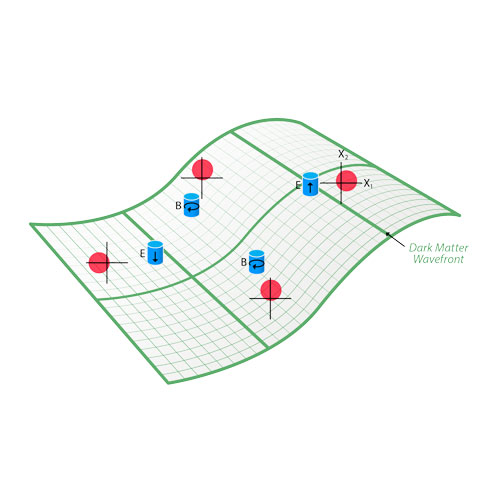Mission
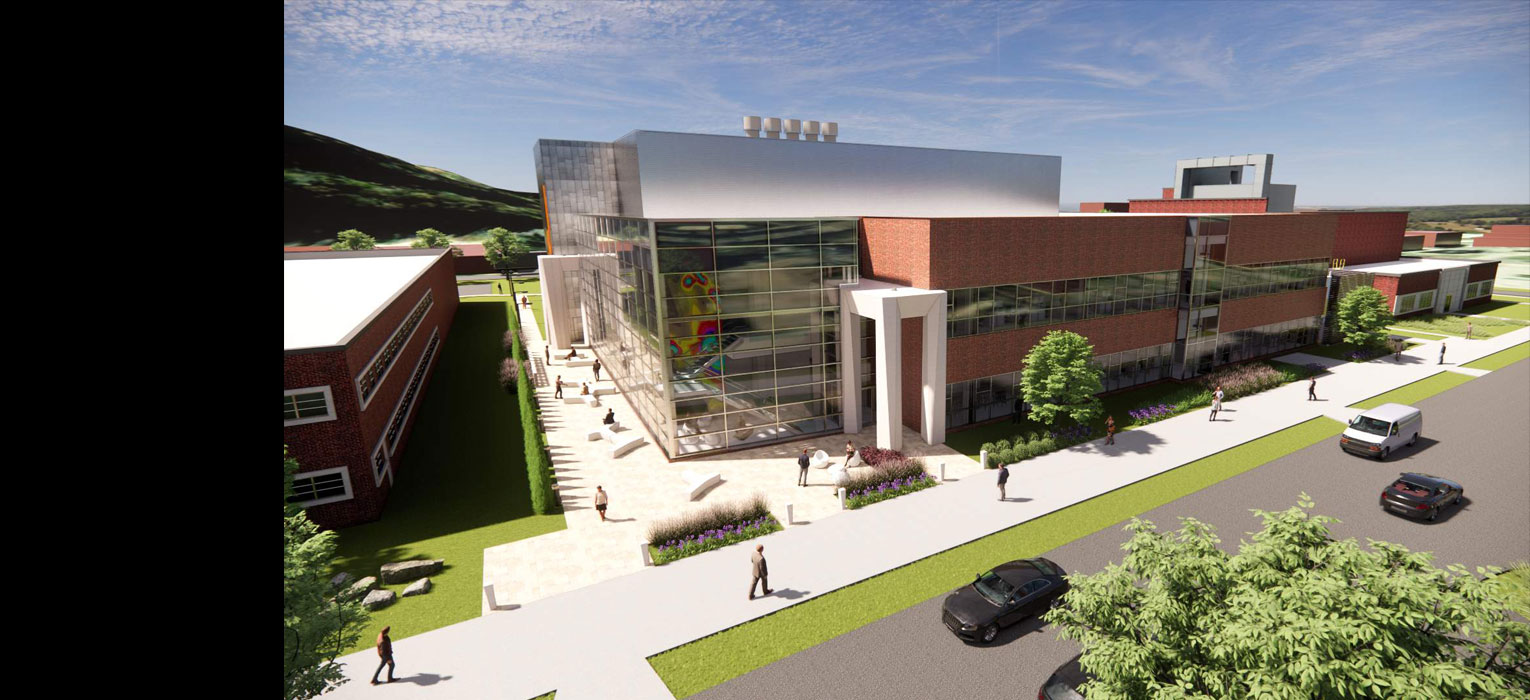
By linking the unique capabilities of the national labs with leading university investigators, the Quantum Science Center (QSC) is advancing the science of quantum materials, sensors, and algorithms in ways impossible through other means.
In order to accelerate innovation, researchers need new technologies to accurately predict, detect, and model complex phenomena such as energy generation and efficiency, national security, new materials discovery, and fundamental physics. This opportunity now exists by developing a new generation of technologies that exploits quantum mechanics to deliver much-needed advances in computation and sensing. The QSC located at ORNL is dedicated to overcoming key roadblocks in quantum state resilience, controllability, and ultimately the scalability of quantum technologies to realize the quantum future.
Integral to the activities of the QSC is the development of the next generation of scientists and engineers; by actively engaging students and postdoctoral associates in research activities, the Center offers a rich environment for professional development. Further, by working in close conjunction with industry from its inception, the QSC strongly couples its basic science foundation and technology development pathways to transition applications to the private sector.
Goals
Materials
The development of topological materials to overcome the fragility of the quantum state.
Algorithms
The creation and implementation of algorithms that exploit topological systems.
Devices and Sensors
The development, optimization, and demonstration of new quantum systems and supporting algorithms to measure exceptionally weak signals.
The QSC integrates research across its three thrusts to establish co-design approaches for scalable and coherent quantum information systems. This integration drives interactions between the specific aims of each thrust and establishes a co-design feedback loop. The industrial “pull” for new technologies in quantum simulation and quantum sensing in turn drives this co-design process and provides a direct path to connect these technologies to the marketplace.
For licensing inquiries please contact Mike Paulus or Eugene Cochrane.
The QSC integrates four levels of the S&T innovation chain to transition discoveries to computing and sensing systems.
Fundamental science
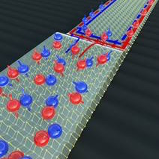
Devices
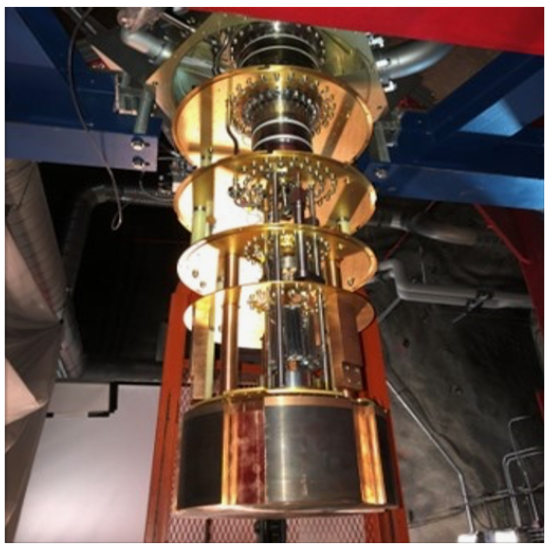
Prototypes
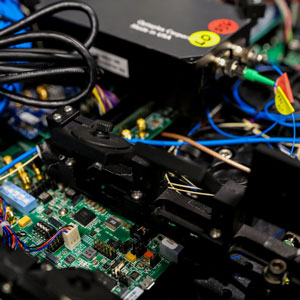
Applications

Systems
Topologically protected quantum information co-design
Led by LANL’s Filip Ronning
Fundamental science
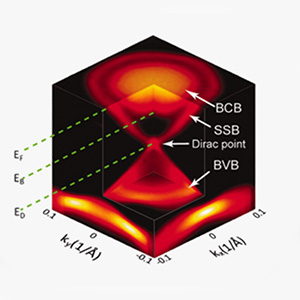
Devices
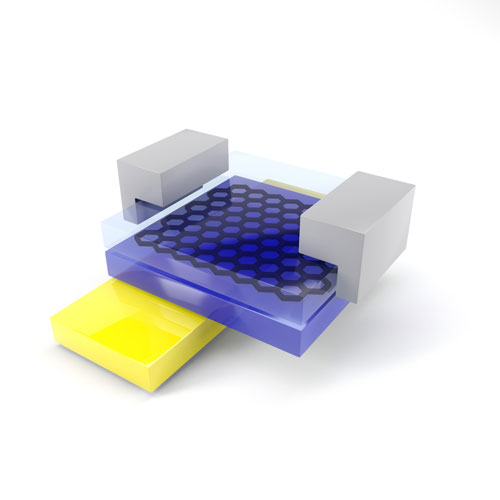
Prototypes
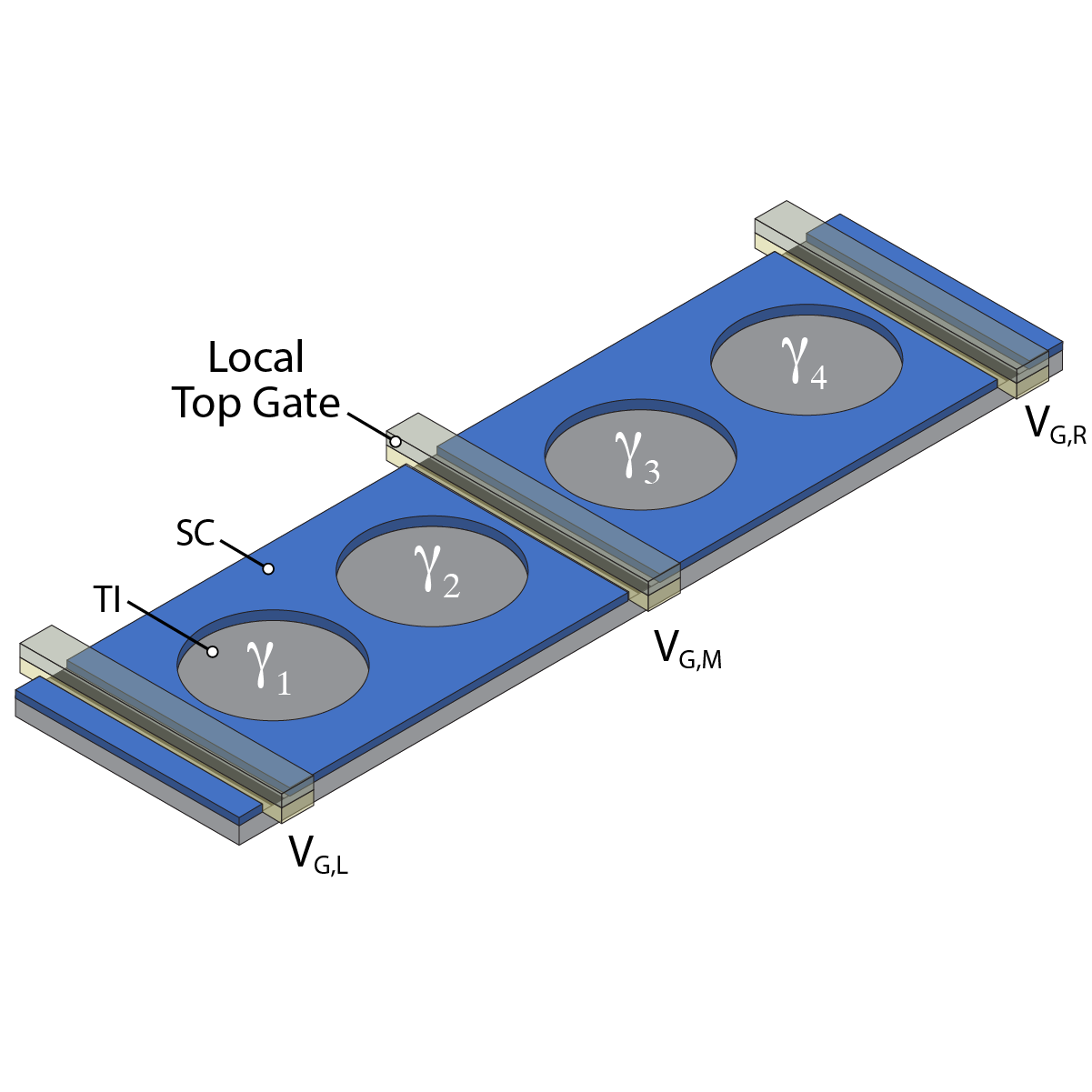
Applications
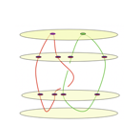
Technology transfer
Quantum simulations of scientific applications co-design
Led by UCSB’s David Weld
Fundamental science
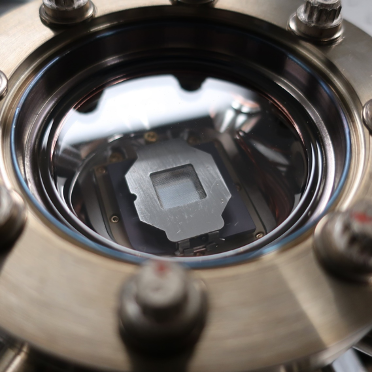
Devices

Prototypes

Applications
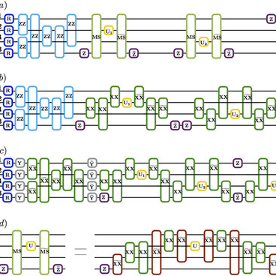
Technology transfer
Quantum sensing for real-world applications co-design
Led by FNAL’s Daniel Bowring
Fundamental science
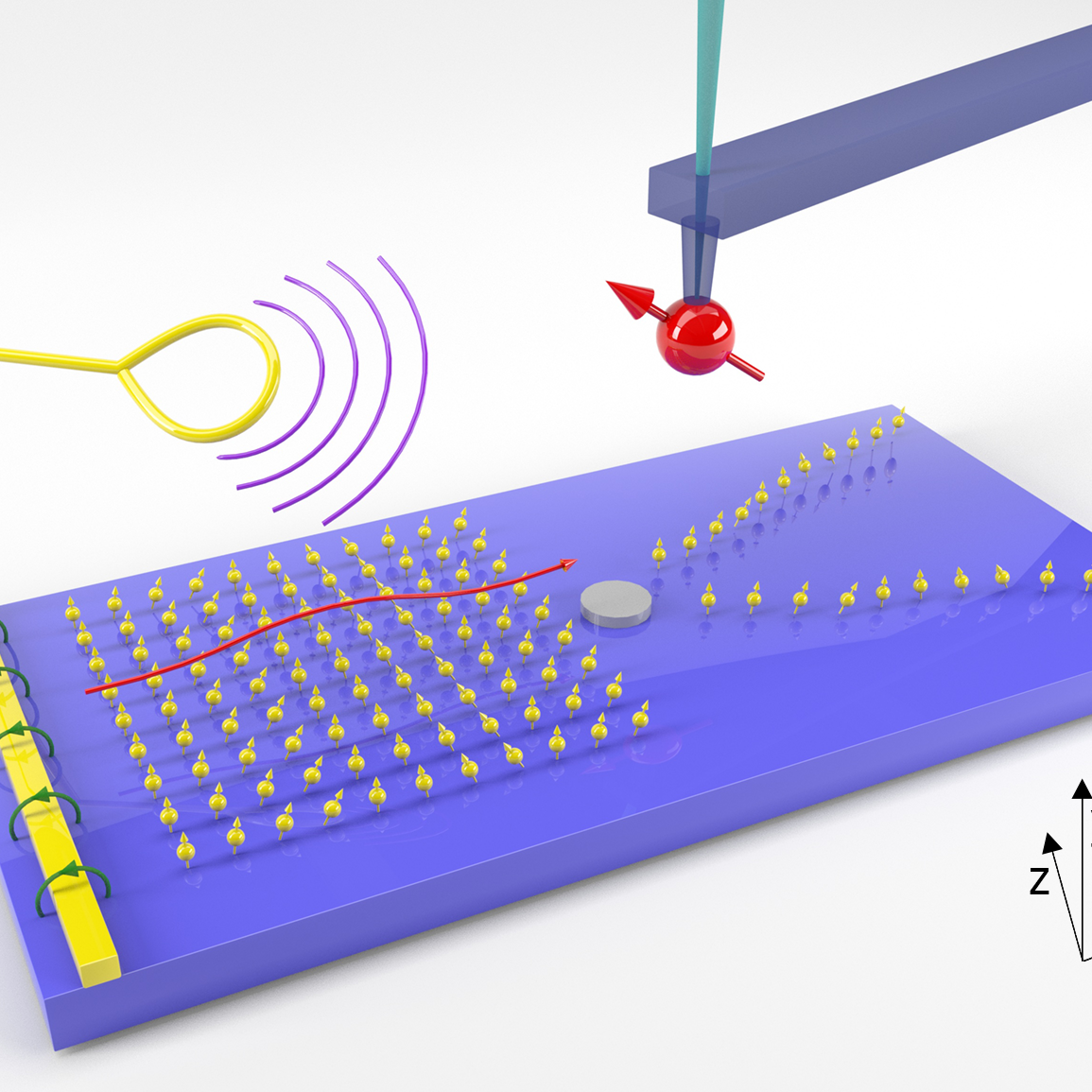
Devices
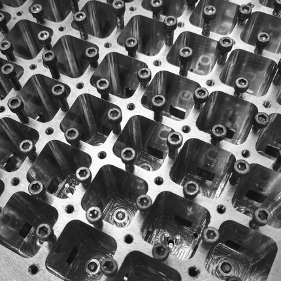
Prototypes

Applications
